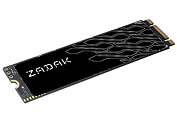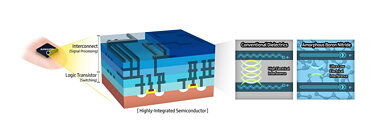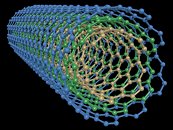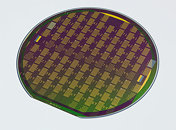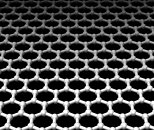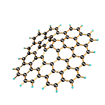
Team Group Announces MP44L M.2 Gen4 SSD with Industry-First Graphene Heatspreader
Global memory brand, Team Group, has created numerous innovative SSD products over the years with its cutting-edge research and development to offer the very best solutions in the storage market. Today it has announced MP44L M.2 PCIe 4.0 SSD, featuring a unique breakthrough cooling technology: the industry's first SSD label to incorporate graphene copper foil. This less than 1 mm thick Heat Dissipating Graphene SSD Label has received Utility Patents and is tightly adhered to the SSD to provide precise and greater cooling. The design of MP44L M.2 PCIe 4.0 SSD's heat dissipating graphene SSD label eliminates the possibility of installation interference. Moreover, it allows users to enjoy double the cooling performance and the increased stability of PCIe Gen4 without the need to install additional thermal equipment when it's paired with an M.2 slot heatsink.
Team Group's brand new MP44L M.2 PCIe 4.0 SSD is a storage upgrade solution for Gen4 x4 SSDs. It offers a read speed of 5,000 MB/s and a write speed of 4,500 MB/s and supports SLC Cache technology, which provides over double the operation efficiency of Gen3 SSDs. By solving the problem of computer lag, it allows users to multitask with ease and enjoy fast and smooth performance. The MP44L SSD provides excellent data transfer accuracy due to its LDPC (Low-Density Parity Check Code) technology. It supports Windows TRIM optimization commands and the latest NVMe 1.4 standard.
Team Group's brand new MP44L M.2 PCIe 4.0 SSD is a storage upgrade solution for Gen4 x4 SSDs. It offers a read speed of 5,000 MB/s and a write speed of 4,500 MB/s and supports SLC Cache technology, which provides over double the operation efficiency of Gen3 SSDs. By solving the problem of computer lag, it allows users to multitask with ease and enjoy fast and smooth performance. The MP44L SSD provides excellent data transfer accuracy due to its LDPC (Low-Density Parity Check Code) technology. It supports Windows TRIM optimization commands and the latest NVMe 1.4 standard.













